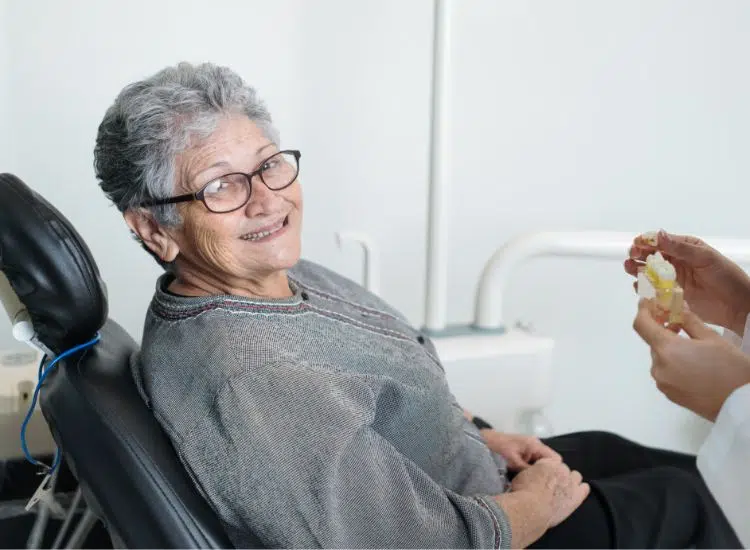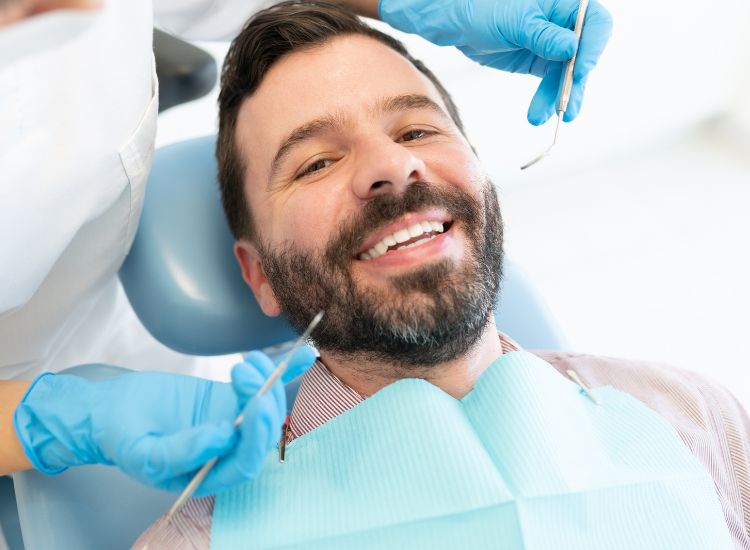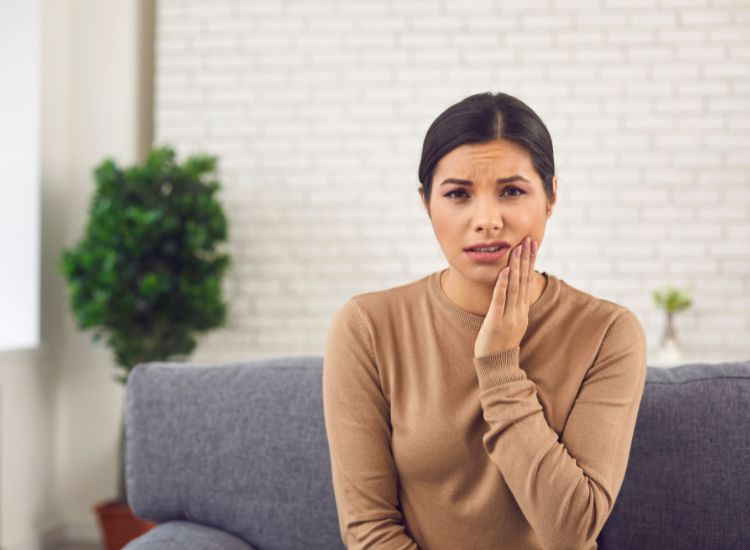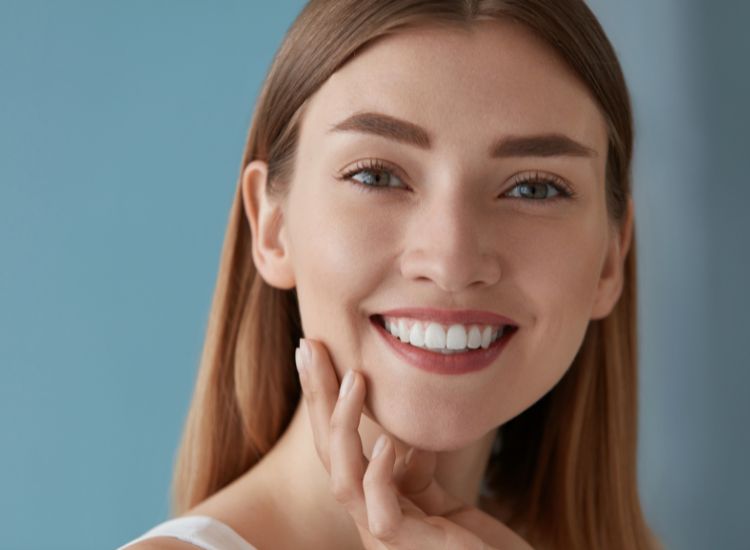Emergency Dental Care in Colorado Springs
Emergency Dental Care in Colorado Springs: Quick Solutions for Broken or Chipped Teeth
Emergencies involving dental issues, such as a broken or chipped tooth, can be alarming and painful. Whether it’s due to an accident, injury, or unexpected mishap, knowing where to turn for prompt and effective dental care is essential. In Colorado Springs, emergency dental services are available to provide quick solutions and alleviate discomfort caused by broken or chipped teeth. In this blog post, we’ll explore the importance of seeking emergency dental care, common causes of broken or chipped teeth, and the quick solutions offered by emergency dentists in Colorado Springs.
The Importance of Seeking Emergency Dental Care
When a dental emergency occurs, it’s crucial to seek immediate care from a qualified emergency dentist in Colorado Springs. Ignoring or delaying treatment can lead to further complications and exacerbate pain and discomfort. Emergency dental care offers several benefits, including:
Immediate relief: Emergency dentists prioritize providing prompt relief from pain and discomfort associated with dental emergencies. Whether you’re experiencing severe toothache or a broken tooth, they’ll address your concerns and provide quick solutions to alleviate your symptoms.
Preventing further damage: A broken or chipped tooth can compromise your oral health and lead to additional problems if left untreated. Emergency dental care aims to prevent further damage to the affected tooth and surrounding structures, helping you avoid more extensive treatments in the future.
Preserving oral health: Prompt treatment of dental emergencies is essential for preserving your oral health and preventing complications such as infections or abscesses. Emergency dentists in Colorado Springs are equipped to address a wide range of dental issues and restore your oral health effectively.
Restoring function and aesthetics: Broken or chipped teeth can affect your ability to chew, speak, and smile confidently. Emergency dental care offers quick solutions to restore the function and aesthetics of your teeth, allowing you to resume your daily activities without discomfort or embarrassment.
Common Causes of Broken or Chipped Teeth
Several factors can contribute to dental emergencies involving broken or chipped teeth. Some common causes include:
Traumatic injuries: Accidents, falls, or sports-related injuries can result in broken or chipped teeth, especially if the impact is forceful.
Biting down on hard objects: Crunching on ice, biting into hard candies, or chewing on pens or pencils can cause teeth to chip or fracture.
Tooth decay: Untreated cavities weaken the structure of the tooth, making it more susceptible to breakage or fracture.
Bruxism (teeth grinding): Habitual teeth grinding, particularly during sleep, can wear down the enamel and lead to chipped or cracked teeth over time.
Quick Solutions for Broken or Chipped Teeth:
Emergency dentists in Colorado Springs offer quick and effective solutions to address broken or chipped teeth and restore your smile. Some common treatments include:
Dental bonding: Dental bonding involves applying a tooth-colored composite resin to the affected tooth to repair chips, cracks, or fractures. This quick and affordable treatment can be completed in a single visit to the dentist’s office.
Dental crowns: For more extensive damage, a dental crown may be recommended to cover and protect the remaining tooth structure. Crowns are custom-made to match the color and shape of your natural teeth, providing a durable and long-lasting solution.
Dental veneers: Dental veneers are thin shells made of porcelain or composite resin that are bonded to the front surface of teeth to conceal imperfections and improve aesthetics. Veneers can effectively address chipped, stained, or misshapen teeth, providing a natural-looking and durable solution.
Root canal therapy: If a broken or chipped tooth has exposed the inner pulp tissue, root canal therapy may be necessary to remove the infected or damaged tissue and restore the tooth’s health. This procedure can alleviate pain and prevent the need for extraction.
Contact Us Today!
When faced with a dental emergency such as a broken or chipped tooth, seeking prompt care from an emergency dentist in Colorado Springs is essential. Emergency dental care offers quick solutions to alleviate pain, prevent further damage, and restore your smile’s function and aesthetics. Whether you’ve experienced a traumatic injury or bitten down on a hard object, don’t hesitate to contact an emergency dentist for expert assistance. Your oral health and comfort are their top priorities, and they’re committed to providing the care you need when you need it most.











